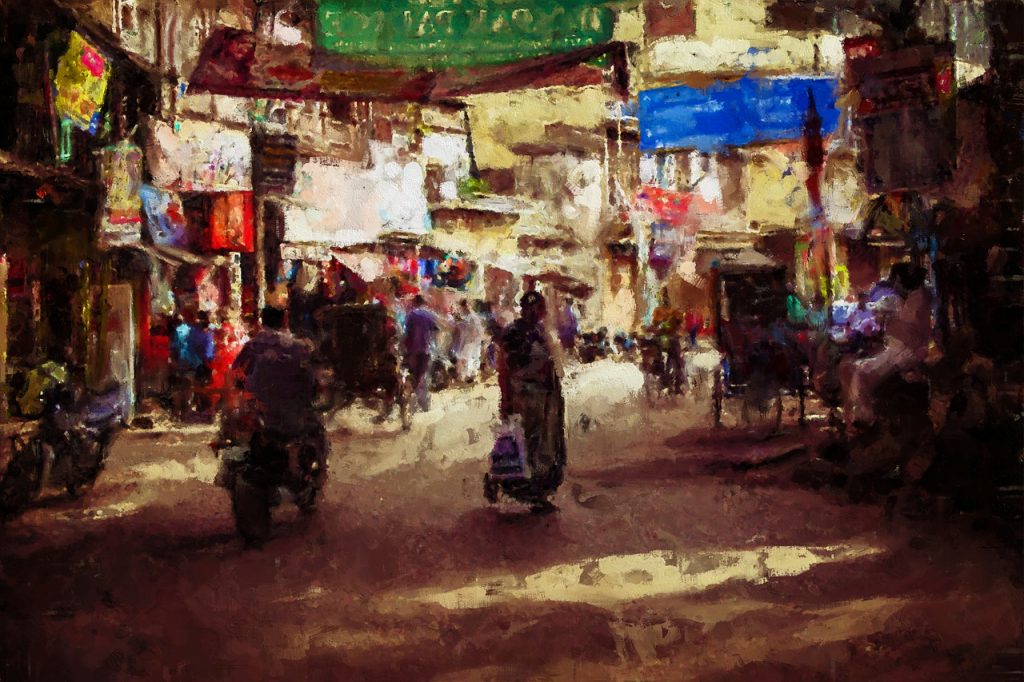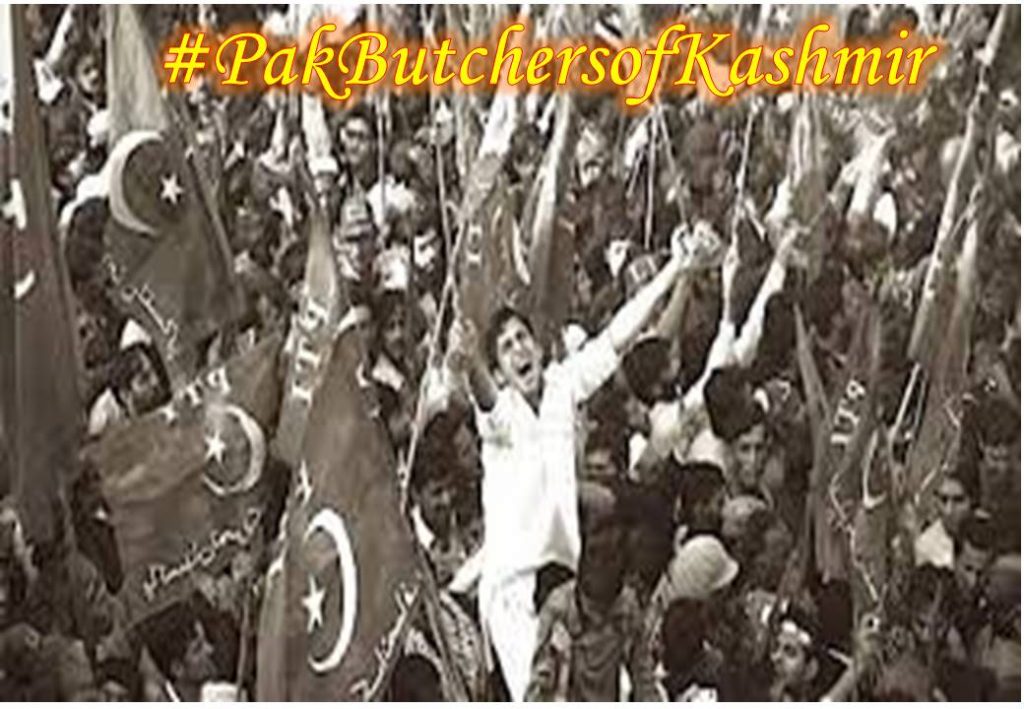On October 29, 2005, just a few days before Diwali (the festival of lights), the national capital of India went dark. Three bomb blasts in crowded areas of New Delhi, led to more than 60 deaths and left hundreds of innocent people injured. The festive spirit was dampened and pain loomed large over the city. The Kashmir conflict had resurfaced and terrorism had raised its ugly head once again, leaving the bustling city of New Delhi in agony.
The first bomb blast took place in the market area of Paharganj, a neighbourhood of Central Delhi located to the west of the New Delhi railway station. The second blast occurred near a bus in the Govindpuri area located in south Delhi. The third blast occurred in the market of Sarojini Nagar, a neighbourhood in South West Delhi, located near the Safdarjung airport.
It is believed that Lashkar-e-Taiba, an Islamic terrorist organization funded by Osama Bin Laden, was behind the 2005 Delhi multiple bombings. However, the Islamic Revolutionary Front (also known as Islamic Inquilab Mahaz) took responsibility for these attacks. This organization had also been responsible for the terrorist attacks in Karachi in south Pakistan. 10 suspects of the Delhi multiple bombings were said to have been detained by Indian police; 5 were found at the Delhi Railway Station and the other 5 at other railway stations and bus terminals in the city. Tariq Ahmed Dar, the mastermind of this attack, was sentenced to 10 years of imprisonment. Mohammed Rafiq Shah, the main suspect of the bomb blast at Govindpuri was arrested, but due to insufficient evidence, he was released in 2017.
Following these multiple bombings in Delhi, a red alert was declared in the city and all the restaurants and temples were closed. Some other important cities in India were put on high alert. A P J Abdul Kalam, the then President of India, condemned these bombings and condoled the deaths caused by the blasts. He appealed to everyone to maintain calm and help the agencies in the rescue work.
The first bomb blast occurred at 5.38 pm in front of the Chhah Tooti Chowk in the Nehru Market in Paharganj. The area was packed with people who were out for Diwali shopping. The blast occurred near a jewellery shop where people standing close by were instantly blown to pieces and several others suffered severe burn injuries. The owner of a cosmetic shop located across this bombing site, had a heart attack. The explosive device was planted in a two-wheeler. Reportedly, MS Medicos, a medical shop outside which this two-wheeler was parked, was blown off, and many people who were eating golgappas in an adjoining shop died due to the blast.
At 5.52 pm, a bus conductor noticed a suspicious bag under a seat. The bus was near Okhla Phase 1, Govindpuri, and had nearly 50 passengers aboard. He quickly asked the driver to stop the bus and threw the bag away. Reportedly, the passengers already had a doubt when someone boarded the bus, refused to buy a ticket, and left his bag under a seat. This bomb was operated on an electronic timer. As the bag carrying the bomb could be thrown away, the damage was greatly reduced. The bus conductor’s alertness and courage helped save many lives.
The most devastating of the three bomb blasts occurred at Sarojini Nagar, at 5.56 pm. Around 40 people died and 28 were injured. About 6 clothing shops and many vehicles parked there, were destroyed in this blast. Since the bomb went off near a gas cylinder, the cylinder exploded, causing further explosions and triggering a fire. According to some reports, the bomb was placed in a white Maruti van, while other reports say that the bomb was kept in a bag that was placed near a food stall. A boy is said to have noticed the bag and picked it up to find whose it was. The bomb hidden in the bag went off when the bag was in that boy’s hands, instantaneously killing him.
People who had suffered burns from these blasts were taken to the Ram Manohar Lohia Hospital. Those injured in the Govindpuri and Sarojini Nagar bombings were taken to Safdarjung, while some were rushed to AIIMS. The government offered compensation to the families of the dead and arranged for free medical treatment to the injured.
The 29th October 2005 Delhi bombings, which killed over 60 people and injured more than 200, marks a black day in the history of Jammu and Kashmir. It is sad how humans are willing to take extreme and barbaric steps over a territorial conflict. Such terrorist attacks are indeed an insult to humanity.



